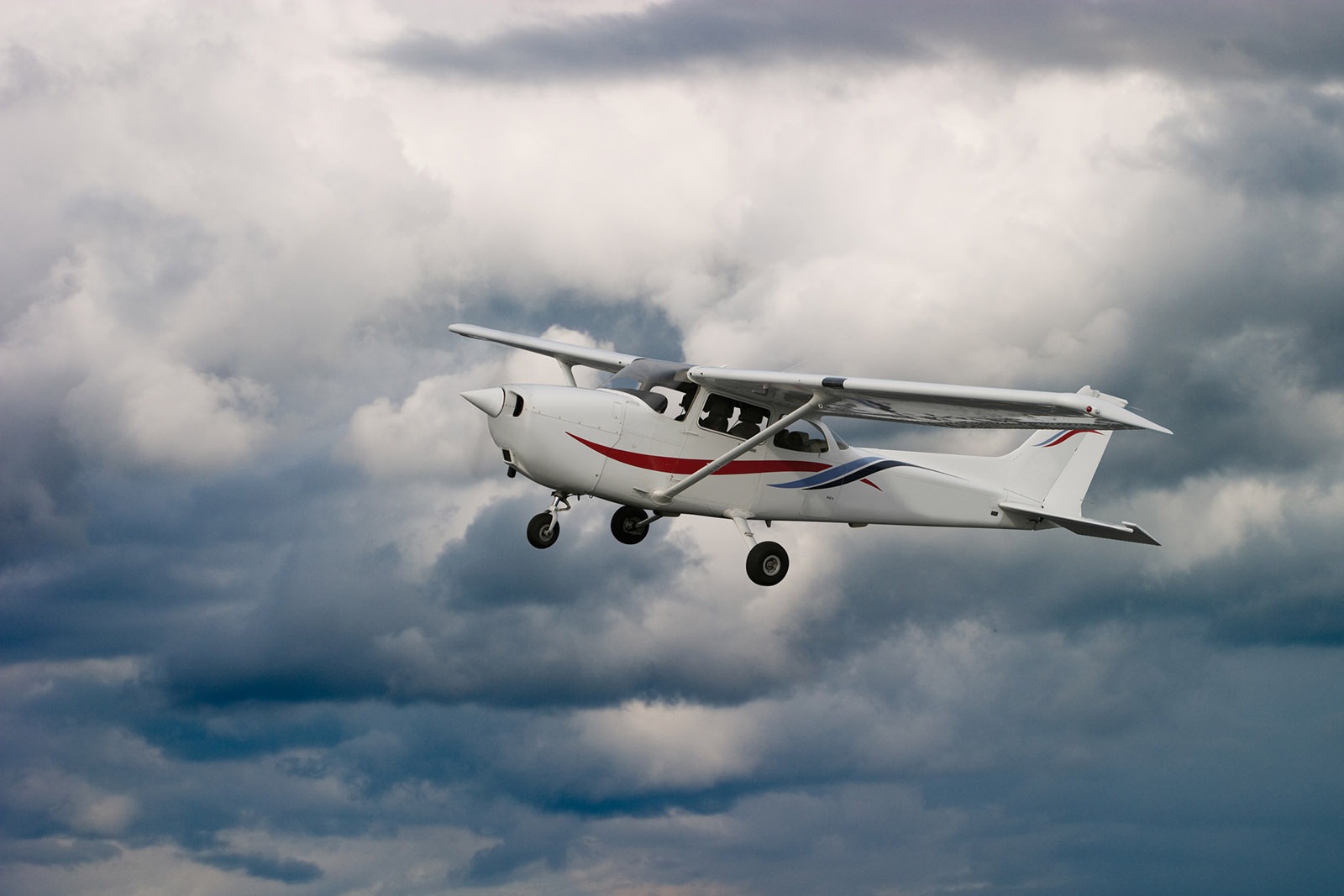We have previously written about preparing your aircraft for winter and about getting your aircraft ready for spring and summer flying, but the act of flying in warm weather also deserves its own attention.
Warm-weather flying causes aircraft to behave differently for several reasons, and in many cases can cause your airplane’s performance to suffer. From depleting engine power and eliminating climb rate to potentially preventing you from taking off at all, flying in the summer can be a challenging objective for even the most seasoned of pilots.
Many of these warm-weather flight difficulties are caused by an aviation phenomenon known as density altitude. Here is a closer look at what density altitude is, how it impacts our aircraft, and some of the additional dangers of summer flying.
What is density altitude?
Let’s start by looking at the concept of density under a purely scientific lens. Density as a whole is defined as “the quantity of something per unit measure, especially per unit length, area, or volume.”
Density altitude refers to the quantity of gas (or air) molecules per unit volume. In the context of the aviation world, the FAA’s Pilot’s Handbook of Aeronautical Knowledge defines density altitude as pressure altitude corrected for variations from standard temperature. When conditions are standard, pressure altitude and density altitude are the same. When non-standard conditions are present, however, air density decreases and density altitude increases. This is why density altitude is often described as the altitude at which the plane feels like it’s flying.
Every gas molecule in the atmosphere has a certain mass or weight. When more air molecules are present per unit of volume, that means the unit of volume is more tightly populated – or more dense. As temperature and/or air pressure are altered, density changes.
An increase in temperature and a decrease in air pressure both result in air molecules spreading out – or becoming less dense. In the opposite instance, as temperature decreases or air pressure increases, air molecules move closer together, increasing in density.
Why is density altitude important?
The reason density is important is because planes fly differently at higher-density altitudes than they do at lower-density altitudes, often performing more sluggishly or not at all.
Because of this change in performance, it’s critical to pay attention to density altitude on any summer day you hope to fly. A failure to do so amid high-density altitude can cause a number of issues for your aircraft, including:
- Decrease in available horsepower
- Increase in true airspeed
- Inability to take off
- Inability to achieve climb rate on departure
- Increased takeoff and landing rolls
- Impaired propeller efficiency
Because of these difficulties, pilots need to use caution when flying in hot, high, and humid conditions, as such circumstances are not only prone to high-density altitudes but also to severe weather.
Flying in thunderstorms
The U.S. is well known for its high amount and wide variety of severe weather. From hurricanes on the east coast to tornados in the Midwest, pilots across the country have to be aware of weather conditions in order to fly safely.
Due to the larger scale and longer-term predictability of hurricanes and tornadoes, they are fairly easy for pilots to avoid even in mid-flight. Thunderstorms, on the other hand, have a much larger impact on flight patterns and performance. While only 10% of storms technically qualify as being severe, destructive storms can still pop up with little to not warning in the summertime – whether they’re officially ruled severe or not. This can cause unexpected issues on what was previously expected to be a calm and relaxing flight.
The dangers of flying in thunderstorms include:
- Lightning
- Turbulence
- Wind shear
- Downbursts
- Icing
- Hail
- Reduced visibility
Lightning is often discussed as a primary threat of flying on hot and humid days. In fact, research shows that lightning strikes an aircraft once every 1,000 flight hours, most often occurring between 8,000 and 14,000 feet. Such strikes can puncture fuselage, distort aircraft parts, damage avionics, and more.
Both density altitude and severe weather pose significant risks when flying in warm weather. Before taking off this summer and beyond, make sure you have a firm understanding of both factors, how they impact flight, and what you can do to still enjoy safe and productive trips to the skies even on hot and humid days.
Get in the air and stay there year-round with help from Nicrocraft
For more than 50 years, Nicrocraft has provided flight schools, FBOs, distributors, and aircraft owners with the highest-quality and most durable aircraft exhaust parts in the industry, simply designed to perform better for longer. We are a leading FAA-certified supplier of exhaust parts for Cessna, Cirrus, Piper, Beechcraft, and more.
Contact us or today for the best way off the ground with the only aircraft exhaust parts built to take the heat.



